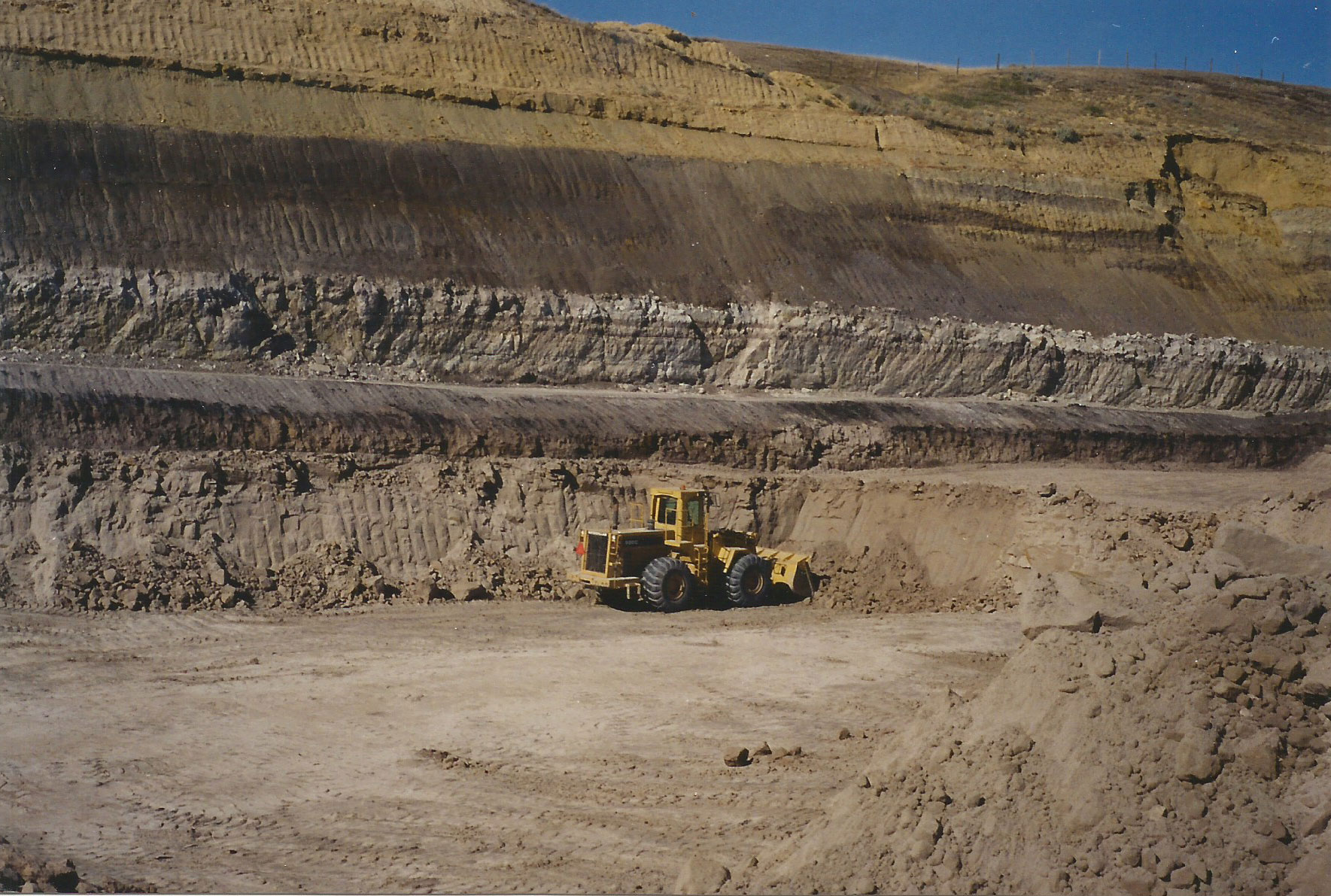| Monthly Tech-Tip | No tracking! No ads! | |
Secondary Clay
Clays form by the weathering of rock deposits over long periods. Primary clays are found near the site of alteration. Secondary clays are transported by water and laid down in layers.
Key phrases linking here: secondary clay - Learn more
Details
Clays that have been transported by water from the site of their primary alteration and settled into layers are called "sedimentary" (as opposed to "primary" clays which are found near the site of alteration). Sedimentary clays are classified according to the geological period in which they were formed. Nature purifies these clays mechanically, removing gravel and sand. But it also contaminates them chemically or at the ultimate particle level, adding iron and fluxes. Vast deposits of secondary clays can be found in many places and materials having a wide range of properties can layer right next to each other. Ball clays, earthenwares and stonewares are secondary clays.
Related Information
Mel Noble at Plainsman Clay's Ravenscrag, Saskatchewan quarry

This picture has its own page with more detail, click here to see it.
Six different sedimentary clays are extracted from this quarry. It was opened in the 1970s, the best location available at the time. These test bars were made by slaking select lumps from each layer (thus exhibiting their best performance). The left-most dried test bars show the layers (top to bottom). The A1 top layer is the most plastic and has the most iron contamination (it is used in our most speckled reduction firing bodies). A2, the second one down, is a ball clay (similar to commercial products, although darker burning), it is very refractory and the base for Plainsman Fireclay. A3, third from top, is a complete buff high-temperature stoneware (like H550), although sandy and over-mature at cone 10. 3B, third from bottom, is a smooth medium-temperature stoneware; it contains significant natural feldspar (although fired color and particulate contamination are the most variable). The second from the bottom, 3C. fires the whitest and is the most refractory (it is the base for H441G). The bottom one, 3D, the best product in the quarry. Although the least plastic and most silty, it is also very fine particled and the cleanest (consistently free of particulate impurities and sand), it pairs very well with a ball clay to make a cone 6 stoneware.
IXL Industries clay quarry near Ravenscrag, Saskatchewan in 1984.

This picture has its own page with more detail, click here to see it.
Layers of the Whitemud Formation are being mined. The layer being extracted is a silty stoneware they referred to as the "D member" (equivalent to Plainsman PR3D which is mined several miles to the east for use in pottery). It was great for bricks because it dried quickly and had minimal drying shrinkage. Below the D they continued to mine a much whiter kaolinized sand of equal or more thickness. Above the D is a ball clay (equivalent to Plainsman A2). Above that is a light-burning stoneware (the combined layers that Plainsman extracts separately as A3 and 3B). A foot-thick layer of much harder volcanic ash is visible in the green overburden at the top. From these stoneware clays they extruded brick of exceptional quality, firing it as high as cone 10. Twenty years later, the company reclaimed this land - today you would be unable to find where it was located.
Links
| Glossary |
Stoneware
To potters, stonewares are simply high temperature, non-white bodies fired to sufficient density to make functional ware that is strong and durable. |
| Glossary |
Earthenware
What is the difference between earthenware and a regular stoneware body? Earthenwares lack the glass development to fill voids and glue particles. |
| Glossary |
Terra Cotta
A type of red firing pottery. Terra cotta clay is available almost everywhere, it is fired at low temperatures. But quality is deceptively difficult to achieve. |
| Glossary |
Primary Clay
A clay deposit that is near the site of erosion and alteration. They have more mechanical impurities and fewer chemical and mineralogical impurities. Primary clays have larger particles and less plasticity. |
| Glossary |
Fireclay
A clay that withstands fire. In the ceramics industry, clays that are resistant to deforming and melting at high temperatures are called fireclays. Kiln bricks are often made from fireclay. |
| Minerals |
Ball Clay
Ball clay is the most common type of secondary clay. They are much more plastic than kaolin because |
| By Tony Hansen Follow me on        |  |
Got a Question?
Buy me a coffee and we can talk

https://digitalfire.com, All Rights Reserved
Privacy Policy
